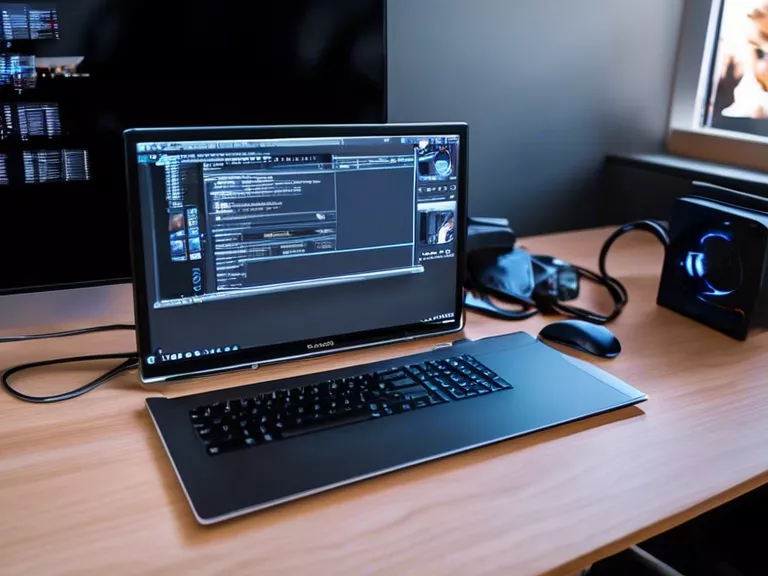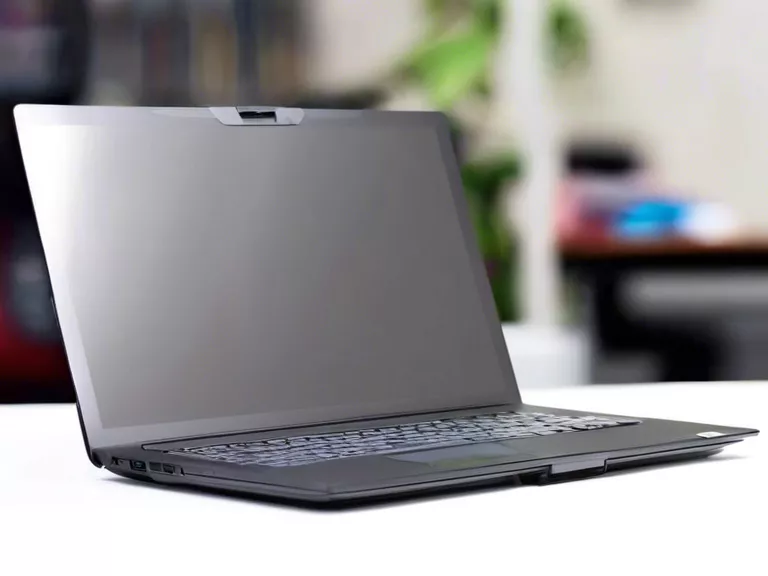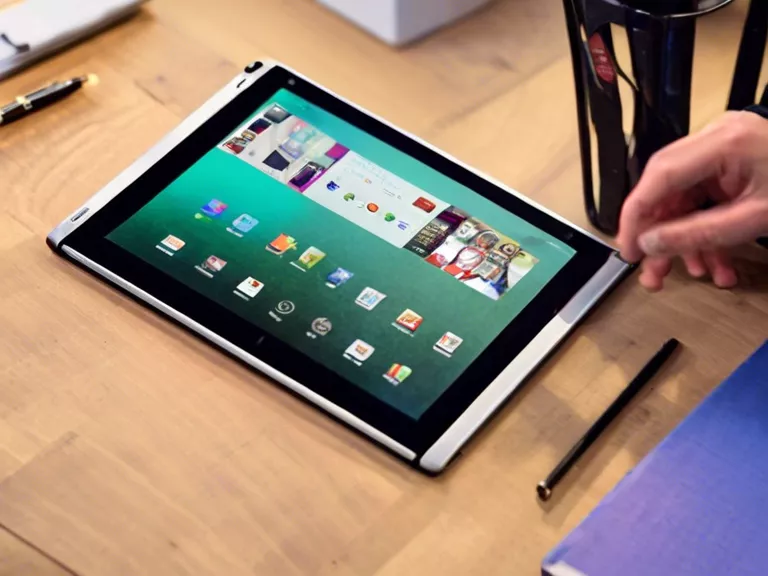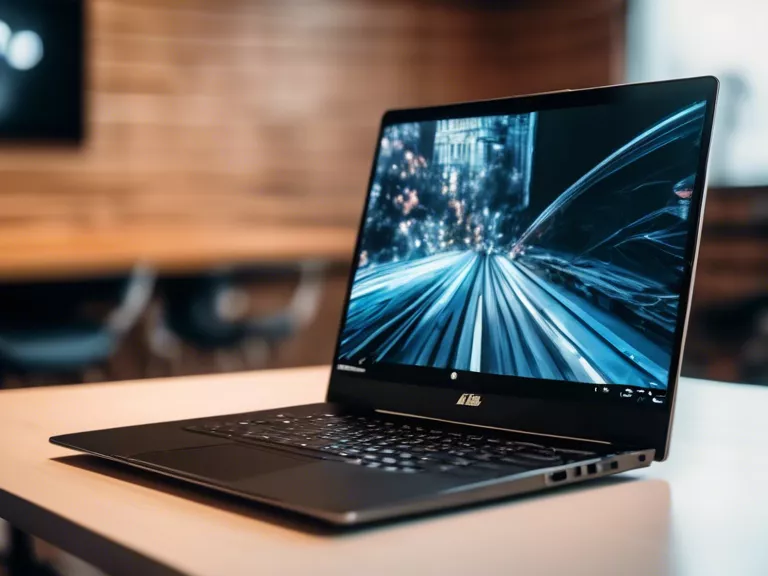
How to set up your laptop for optimal performance with external monitors
Setting up external monitors for your laptop can enhance your productivity and give you a larger display space to work with. Follow these steps to optimize your laptop for optimal performance with external monitors.
Check your laptop's compatibility: Ensure that your laptop supports external monitor connections. Most laptops have HDMI, VGA, or DisplayPort outputs that can be used to connect to an external monitor.
Select the right monitor: Choose a monitor that suits your needs in terms of size, resolution, and refresh rate. Make sure it has the necessary ports to connect to your laptop.
Connect the monitor: Use the appropriate cables to connect the monitor to your laptop. Adjust the display settings on your laptop to extend or duplicate the display to the external monitor.
Adjust display settings: Go to the display settings on your laptop to configure the resolution, orientation, and refresh rate of the external monitor. Make sure to set the external monitor as the primary display if needed.
Update graphics drivers: Ensure that your laptop's graphics drivers are up to date to optimize performance with the external monitor. You can download the latest drivers from the manufacturer's website.
Calibrate the monitor: Calibrate the external monitor's color settings to ensure accurate colors and better picture quality. Use built-in tools or third-party software for calibration.
By following these steps, you can set up your laptop for optimal performance with external monitors and enjoy a seamless multitasking experience.



